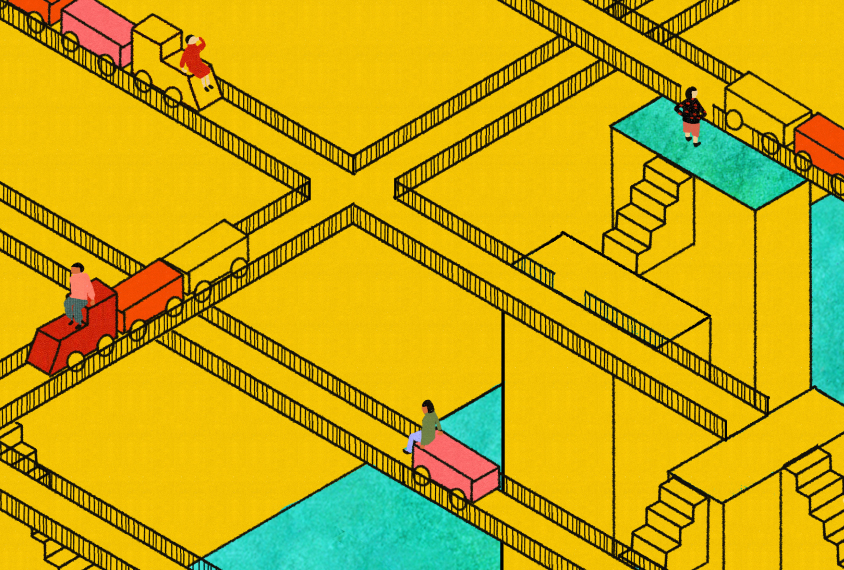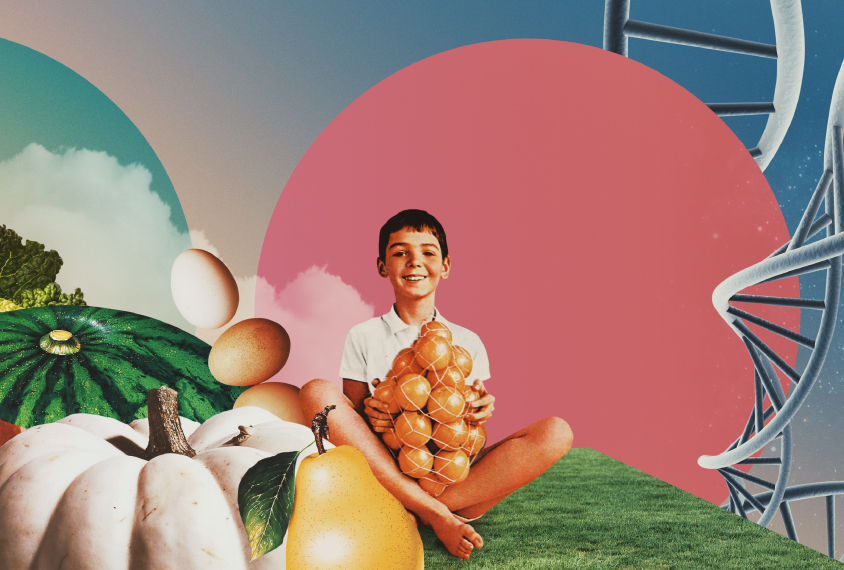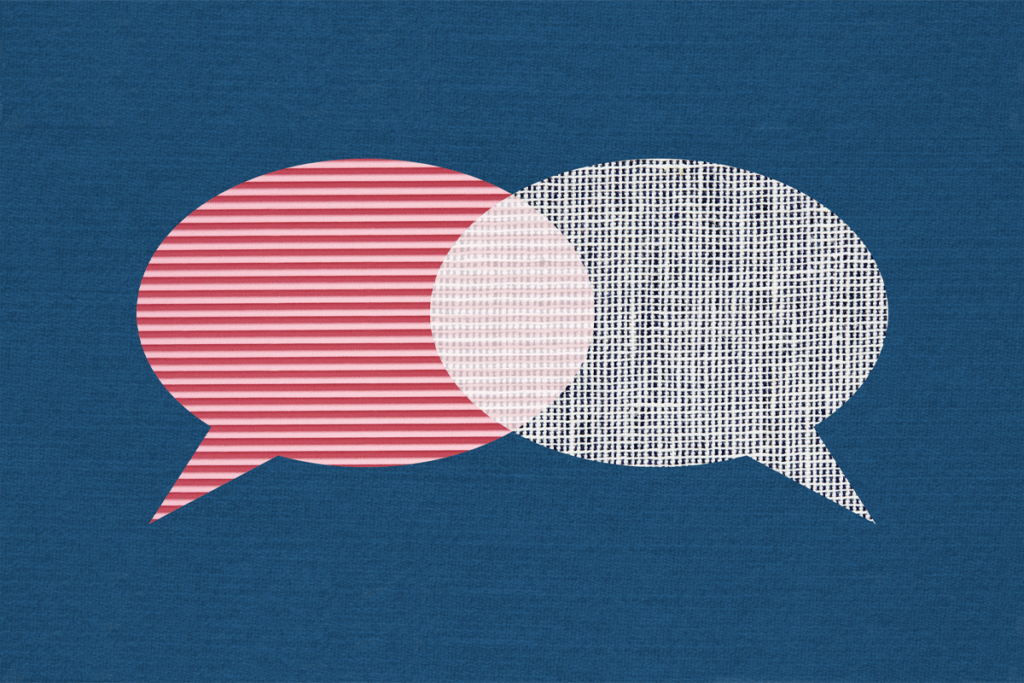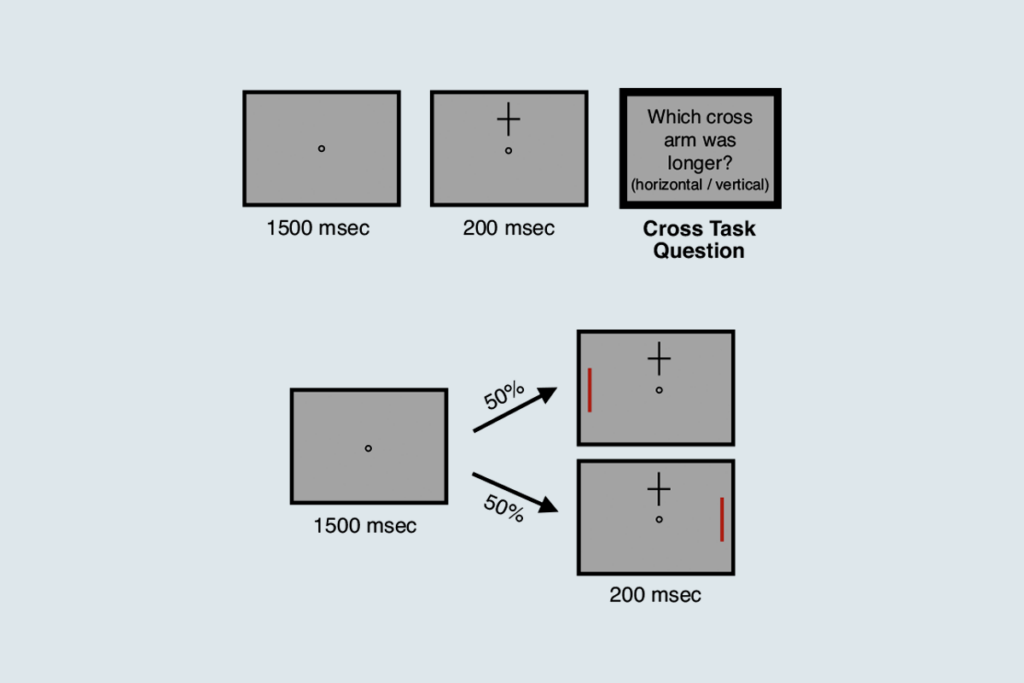GRIN2B
Recent articles
Mapping the futures of autistic children
Researchers can roughly project what autistic children's lives will look like years down the road. But how good is their crystal ball — and what are its benefits?

Mapping the futures of autistic children
Researchers can roughly project what autistic children's lives will look like years down the road. But how good is their crystal ball — and what are its benefits?
Year-old organoids echo genetic shifts seen at birth
3D cultures of human brain cells kept alive for more than a year undergo transitions in gene activity that resemble those seen in newborns, and may be used to study autism genes in postnatal stages of brain development.

Year-old organoids echo genetic shifts seen at birth
3D cultures of human brain cells kept alive for more than a year undergo transitions in gene activity that resemble those seen in newborns, and may be used to study autism genes in postnatal stages of brain development.
INSAR 2020, from home
Like so many other events this year, autism’s biggest annual conference — the International Society for Autism Research meeting — was forced to go virtual because of the coronavirus pandemic.

INSAR 2020, from home
Like so many other events this year, autism’s biggest annual conference — the International Society for Autism Research meeting — was forced to go virtual because of the coronavirus pandemic.
Diets may help autistic children with certain genetic profiles
No diet is likely to treat autistic people on a large scale, but diets based on a genetic profile may bring big benefits to a few.

Diets may help autistic children with certain genetic profiles
No diet is likely to treat autistic people on a large scale, but diets based on a genetic profile may bring big benefits to a few.
Smart genes; Neanderthal mini-brains; diabetes link and more
Autism and intelligence share genetic variants, researchers grow Neanderthal mini-brains and see overlap with autism, and maternal diabetes is an autism risk factor.
Smart genes; Neanderthal mini-brains; diabetes link and more
Autism and intelligence share genetic variants, researchers grow Neanderthal mini-brains and see overlap with autism, and maternal diabetes is an autism risk factor.
Massive sequencing studies reveal key autism genes
Analyzing the sequences of more than 20,000 people, researchers have unearthed the largest and most robust list of autism genes so far, they reported today in Nature.

Massive sequencing studies reveal key autism genes
Analyzing the sequences of more than 20,000 people, researchers have unearthed the largest and most robust list of autism genes so far, they reported today in Nature.
Study uncovers link between autism risk gene, language
Mutations in TBR1, a candidate gene for autism, compromise its functions and its ability to bind its partners — including FOXP2. Alan Packer explores the gene’s emerging link to language.

Study uncovers link between autism risk gene, language
Mutations in TBR1, a candidate gene for autism, compromise its functions and its ability to bind its partners — including FOXP2. Alan Packer explores the gene’s emerging link to language.
Studies map gene expression across brain development
Now that genetic studies have implicated several hundred genes in autism, researchers are turning their attention to where and when in the healthy young brain these genes are expressed. The first two studies to tackle these questions appear today in Cell.

Studies map gene expression across brain development
Now that genetic studies have implicated several hundred genes in autism, researchers are turning their attention to where and when in the healthy young brain these genes are expressed. The first two studies to tackle these questions appear today in Cell.
Sequencing study uncovers new candidate genes for autism
A new candidate gene for autism, CHD8, may account for up to 0.4 percent of cases of the disorder, according to research published today in Science. CHD8 is one of six genes identified that together may contribute to one percent of autism cases.

Sequencing study uncovers new candidate genes for autism
A new candidate gene for autism, CHD8, may account for up to 0.4 percent of cases of the disorder, according to research published today in Science. CHD8 is one of six genes identified that together may contribute to one percent of autism cases.
Genetics: Analysis identifies new autism candidate regions
An analysis of large duplications and deletions of DNA has identified new candidate genes for autism in pathways linked to the disorder. The results were published 22 May in Human Molecular Genetics.

Genetics: Analysis identifies new autism candidate regions
An analysis of large duplications and deletions of DNA has identified new candidate genes for autism in pathways linked to the disorder. The results were published 22 May in Human Molecular Genetics.
Explore more from The Transmitter
Xiao-Jing Wang outlines the future of theoretical neuroscience
Wang discusses why he decided the time was right for a new theoretical neuroscience textbook and how bifurcation is a key missing concept in neuroscience explanations.
Xiao-Jing Wang outlines the future of theoretical neuroscience
Wang discusses why he decided the time was right for a new theoretical neuroscience textbook and how bifurcation is a key missing concept in neuroscience explanations.
Memory study sparks debate over statistical methods
Critics of a 2024 Nature paper suggest the authors failed to address the risk of false-positive findings. The authors argue more rigorous methods can result in missed leads.

Memory study sparks debate over statistical methods
Critics of a 2024 Nature paper suggest the authors failed to address the risk of false-positive findings. The authors argue more rigorous methods can result in missed leads.
Attention not necessary for visual awareness, large study suggests
People can perceive some visual information even if they do not pay direct attention to it.

Attention not necessary for visual awareness, large study suggests
People can perceive some visual information even if they do not pay direct attention to it.